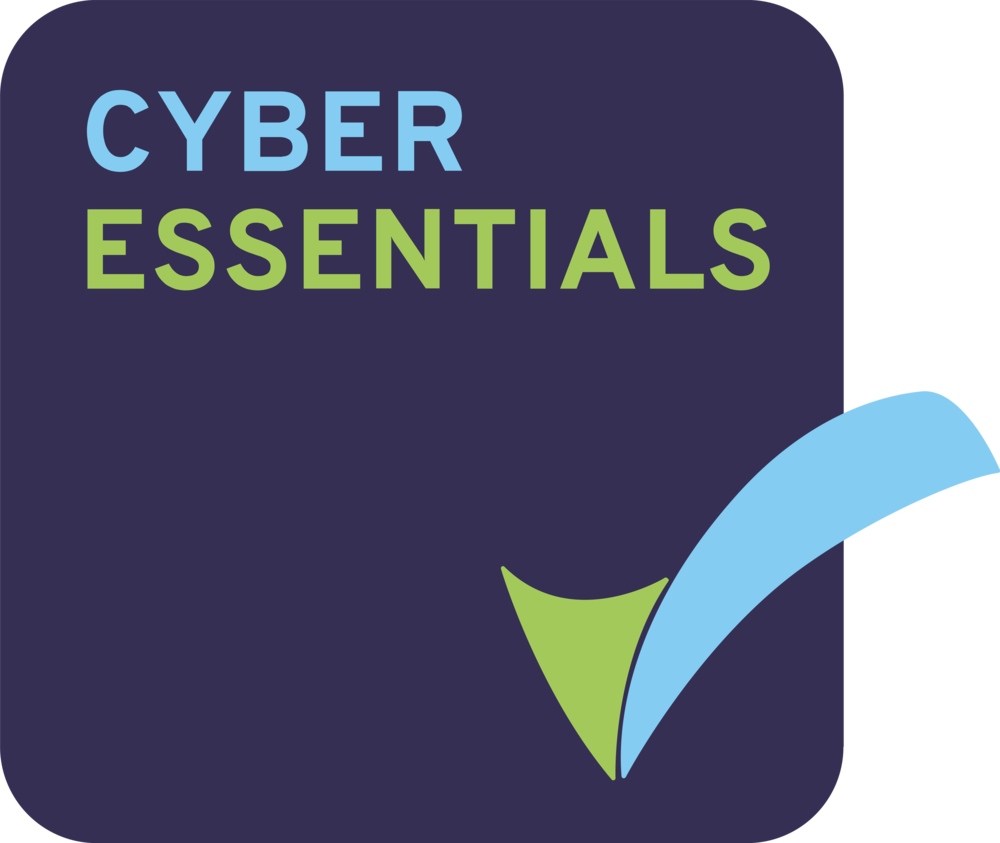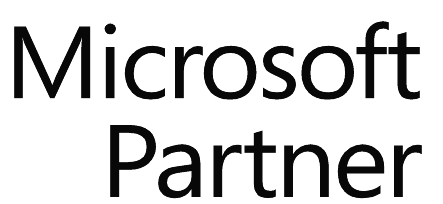Workforce management (WFM) software helps organisations, in particular contact centres, with resource planning by automating the process of forecasting and scheduling when and which staff should be working, in order to operate efficiently, cost effectively and within acceptable service levels. This in turn, will help boost the customer experience (CX).
Its main purpose is to help calculate the number of agents or staff with the necessary skill sets needed at particular times of the day to manage customer interactions optimally and at least cost.
WFM solutions can be deployed on-premise or via the cloud. However, cloud based workforce management systems are known to be more flexible than on-premise systems.
Contact centre Workforce Management solutions have 5 core functions:
1. Staff scheduling
Staff scheduling is a complex task which calls for numerous, sometimes conflicting objectives to be addressed. The main objective is to create staff schedules that meet all legal and contractual requirements, as well as taking into account employees’ qualifications, personal working time preferences and availability. It’s a fine balancing act which when done correctly should stop organisations understaffing or over-resourcing unnecessarily during workforce planning.
2. WFM Software – Forecasting
In order for planning to be successful, you need to be able to predict short and long term workforce planning staffing requirements. WFM technology gives supervisors easy access to historical demand data that can help predict the level of resource required during specific events; for example public holidays, sales, sporting events and so on. By ensuring the correct level of staff is present during specific occasions, managers can ensure that the increase or decrease of calls, emails and other interactions is fully managed and under control, helping them hit service levels at the right cost. This will also ensure customer service is being delivered at an acceptable level.
3. WFM Software – Real- Time scheduling
Scheduling and forecasting is extremely important, however interaction volumes can be influenced by factors that cannot always be predicted. WFM software can analyse and identify interaction volumes as they are occurring in order to provide a fast and effective response to meet changing needs.
4. WFM Software – Self- scheduling
WFM software can be configured to offer employees the opportunity to select their preferred working hours, time off, breaks and so on. By allowing employees to actively engage and take part in the resource planning scheduling process, organisations are able to motivate them to get more actively involved in the organisation and the way its run and strive to achieve targets in order to gain benefits like working their preferred hours.
In several WFM systems, employees can log in their availability or planned absences and they can bid for specific shifts so long as they have the necessary skills for the activities planned for these shifts.
5. Analysis and Monitoring
Deviations from set plans are always bound to come up. The faster an organisation can detect these, the faster they can react. Through real-time monitoring you can immediately compare your targets with actual data and determine whether your requirement forecasts were accurate or if amendments need to be made. WFM helps respond quickly to changes and adapt set plans to keep schedules efficient. It also monitors adherence (to agreed working times or legal requirements) and generates reports. This is achieved by analysing historic data and establishing likely demand making sure the right level of staff is present.
WFM software also helps contact centres track KPI’s, by providing a good understanding of agent engagement levels. This also helps organisations implement a performance management program, designed in mind with specific goals and objectives to aim for. This can ensure progress is then tracked over time. Examples of possible performance metrics may include quality scores, customer survey scores or percentage of time a customer is on hold.






